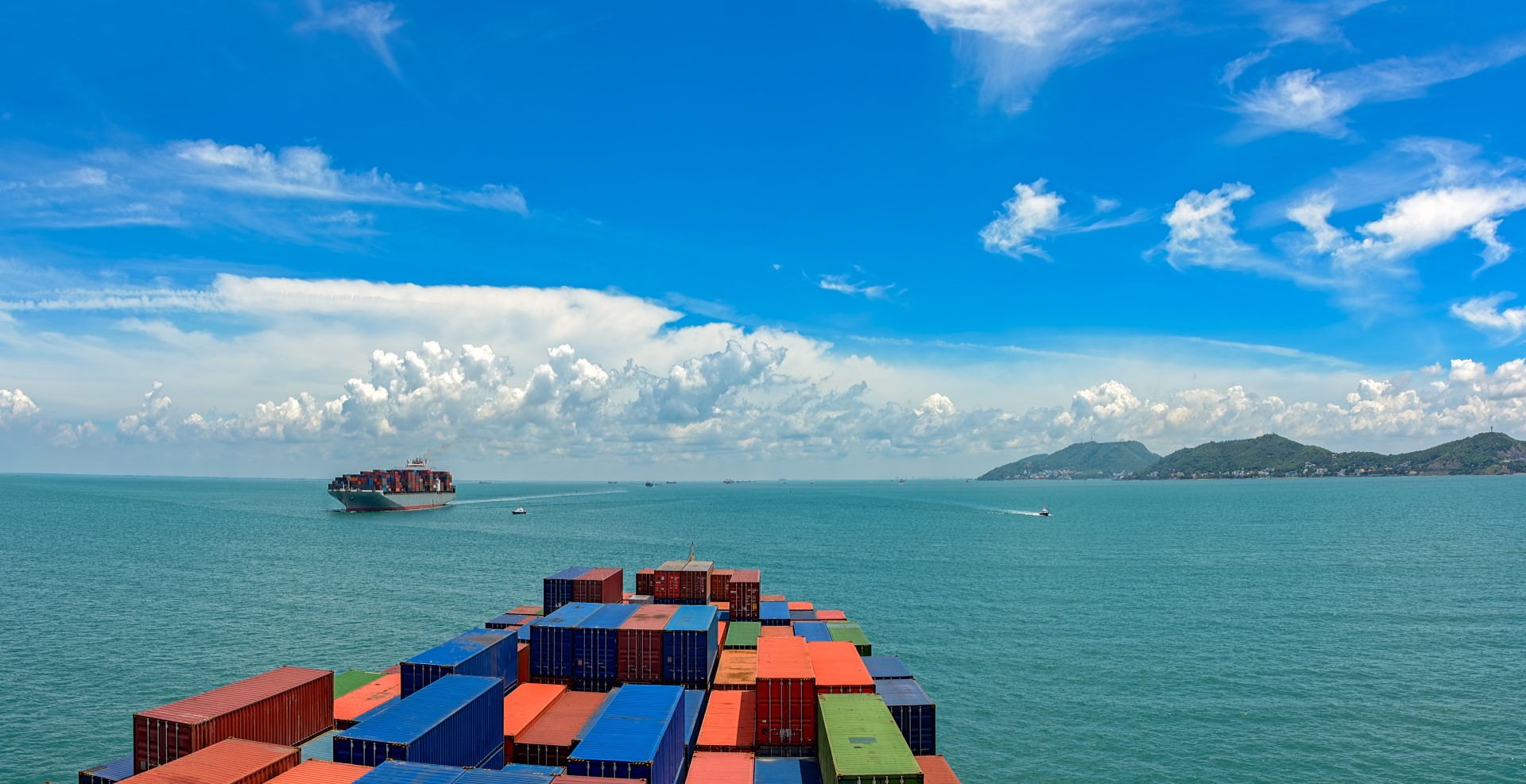Prologis to Build First Multistory Warehouse in the U.S.
Prologis | November 01, 2016

Developers are having a harder time finding space for new warehouses in increasingly crowded and expensive U.S. cities. Their answer: build upward.
Prologis Inc., the world’s biggest warehouse owner, is starting construction next year on a three-floor 580,000-square-foot warehouse just outside downtown Seattle that is scheduled to be completed in 2018, the company told The Wall Street Journal. The building will look like two warehouses stacked on top of each other, with a truck ramp to loading docks on the second level and a third floor, accessible via freight elevators, for lighter-scale warehouse operations.
It will be the first building of its kind in the U.S., though multistory warehouses are already common in countries like Japan and Singapore, as well as elsewhere in Asia and Europe, where vacant land is harder to find.
In the U.S., plenty of open space is available in rural areas and suburbs. But as e-commerce sales grow, many retailers are bringing warehouse operations closer to their customers, who increasingly demand speedy delivery. Available warehouse space has hit record lows in many urban markets in the U.S., driving up the value of industrial land and pushing rental rates to new heights.
“Major urban areas are running out of industrial space,” said Hamid Moghadam, chief executive of Prologis. “The only way the logistics sector can compete is with this more dense format.”
Large developers like Prologis have contributed to industrial vacancy rates that remain below 5% in several major cities around the country. As rents have risen, Prologis and other large real-estate investment trusts have been reluctant to build new space without a customer lined up for fear of flooding the market. Mr. Moghadam has said constrained development drives down vacancy rates, giving landlords the power to set rent prices at a premium.
In Seattle, geographic features—mountains, lakes and Puget Sound—also constrain available land for development. According to real-estate firm Jones Lang LaSalle Inc.,industrial vacancy was 2.5% in urban Seattle last quarter and land values have shot up 20% to 25% over the last two years.
Prologis said it is also exploring multistory warehouses in other cities where space is tight, including New York City, the San Francisco Bay Area and the west side of Los Angeles. The firm doesn’t have tenants lined up for the Seattle project, but hopes to have leases in place within a year of completing the facility.
For potential tenants, multistory operations in urban centers don’t come cheap: analysts estimate that rental rates for Prologis’s multistory facility could be as much as 50% higher than standard warehouse rates.
Still, those rates could make sense for many retailers who will be saving money on delivery costs by locating closer to customers, said Andrew Hogenson, a Seattle-based retail consultant with Ernst & Young LLP.
“The model has changed,” Mr. Hogenson said. “You’re no longer just moving big volumes from one point to second point,” such as from remote distribution centers to big-box suburban stores, “you’re moving much smaller volumes to many points.”
Retailers who can’t reach their customers quickly could lose those sales, Mr. Hogenson added. That is especially true in Seattle, where homegrown Amazon.com Inc. offers free two-hour delivery of many goods through its Prime Now service.
Large warehouse developments have faced resistance in some regions. The Brookings Institution says denser warehouse development could mean more trucks on city streets, leading to potential negative effects on traffic, noise and air quality. Residents from Newberry Township, Penn., to Moreno Valley, Calif., have called on lawmakers to halt large warehouse projects, citing road congestion, public health and other concerns.
“With the surge in e-commerce shipments…a lot of regions are currently grappling with what that means for long-term freight planning and economic development,” said Joseph Kane, a researcher at Brookings. The Prologis project presents a “grand experiment” that other cities can observe before approving similar facilities, he said.
Seattle’s city planners have supported the Prologis development, which will create hundreds of jobs, said Nathan Torgelson, director of the city’s department of construction and inspections. He said the city is processing two permits and expects to issue them within the next 18 months.